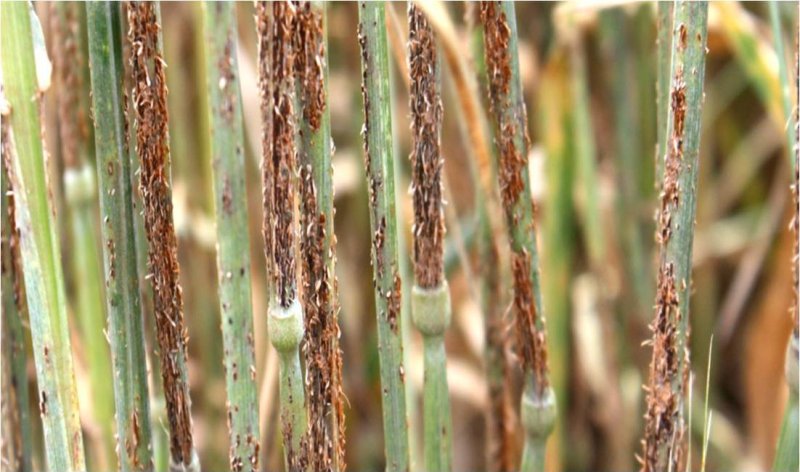Stem rust has devastated wheat for centuries….Now a virulent strain is spreading from Africa.
Even as wheat crops wither and die in the fields, in the hedgerows alongside them grasses — their wild relatives — proliferate unaffected. Scientists have now developed a way of rapidly exploiting the natural disease resistance of wild crop varieties to protect the domesticated kind and hopefully cut down on pesticides. To demonstrate it they have shown how to exploit the genes that make wild grasses resistant to stem rust.
…
Resistant genes are usually bred back into food crops by crossbreeding them with wild varieties known to be immune to diseases. The problem is that this takes time….“It is a bit like crossing a racehorse with a donkey,” Brande Wulff, from the John Innes Centre, said. “It takes many, many years to get the best of both worlds.”
This is why he and his colleagues pioneered a new technique…. By comparing the genomes of all [wild varieties], they can spot the genetic variant that gives some resistance and then either use genetic technology to edit it into the domestic crop or breed it in more rapidly by conventional means.
Read full, original article: Gene analysis speeds up race to beat cereal killer































